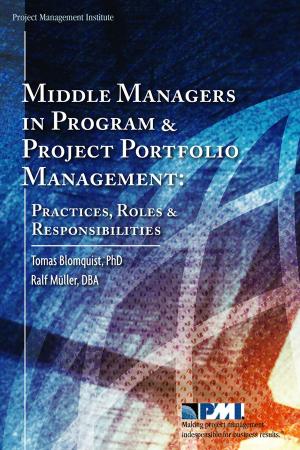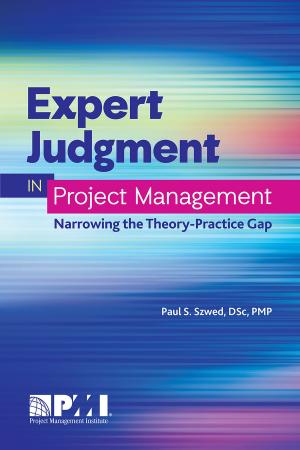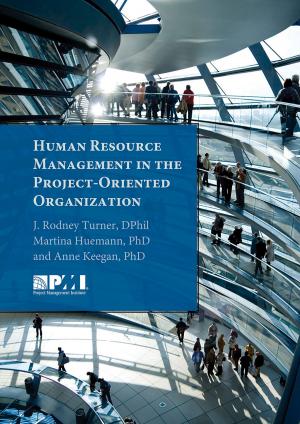Megaproject Organization and Performance
The Myth and Political Reality
Business & Finance, Management & Leadership, Management| Author: | Nuno Gil, Colm Ludrigan, Jeffrey Pinto, Phanish Puranam | ISBN: | 9781628253764 |
| Publisher: | Project Management Institute | Publication: | July 24, 2017 |
| Imprint: | Project Management Institute | Language: | English |
| Author: | Nuno Gil, Colm Ludrigan, Jeffrey Pinto, Phanish Puranam |
| ISBN: | 9781628253764 |
| Publisher: | Project Management Institute |
| Publication: | July 24, 2017 |
| Imprint: | Project Management Institute |
| Language: | English |
Megaproject Organization and Performance: The Myth and Political Reality delves into the complex world of organizing megaprojects and investigates the extent to which the performance of these projects could be traced back to their organizational structure. Through multiple case study research, including the London Olympic Park and Heathrow Airport Terminal 2, the authors show how megaprojects are unique in how they are organized. They explore core-periphery relationships between promotors who control strategic choices, and suppliers, the contracted experts who provide the actual resources to get the project done. The implications of these structural–performance relationships within a robust economy are then compared with railroad and highway development projects in the developing economies of Nigeria, Uganda, and India. This in-depth study brings a complementary perspective to megaproject literature and enables us to reconcile conflicting explanations for the regularity with which megaprojects miss performance targets. With pluralism at the core of the megaproject's organizational structure, the authors argue that megaprojects work best when accountability is shared and everyone has a stake in the final outcome.
Megaproject Organization and Performance: The Myth and Political Reality delves into the complex world of organizing megaprojects and investigates the extent to which the performance of these projects could be traced back to their organizational structure. Through multiple case study research, including the London Olympic Park and Heathrow Airport Terminal 2, the authors show how megaprojects are unique in how they are organized. They explore core-periphery relationships between promotors who control strategic choices, and suppliers, the contracted experts who provide the actual resources to get the project done. The implications of these structural–performance relationships within a robust economy are then compared with railroad and highway development projects in the developing economies of Nigeria, Uganda, and India. This in-depth study brings a complementary perspective to megaproject literature and enables us to reconcile conflicting explanations for the regularity with which megaprojects miss performance targets. With pluralism at the core of the megaproject's organizational structure, the authors argue that megaprojects work best when accountability is shared and everyone has a stake in the final outcome.















